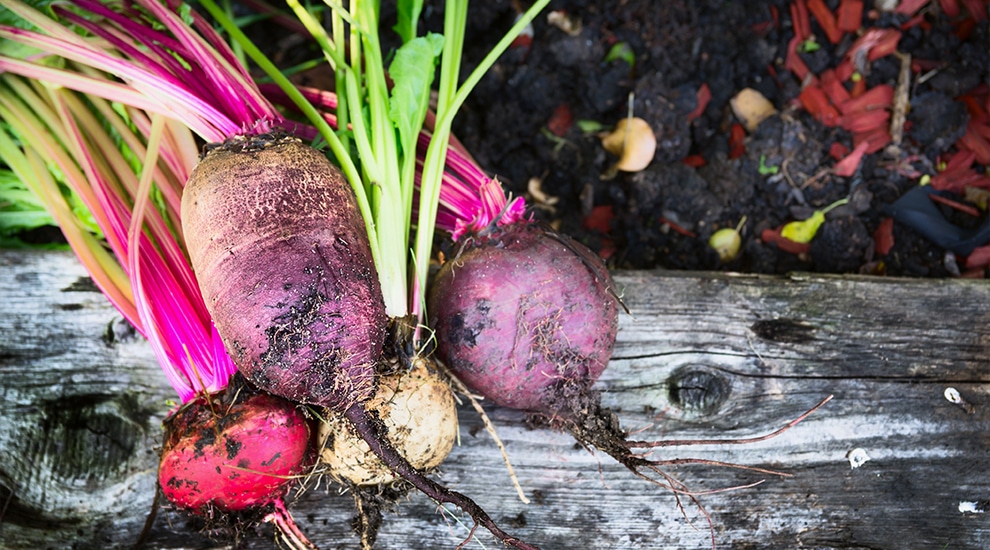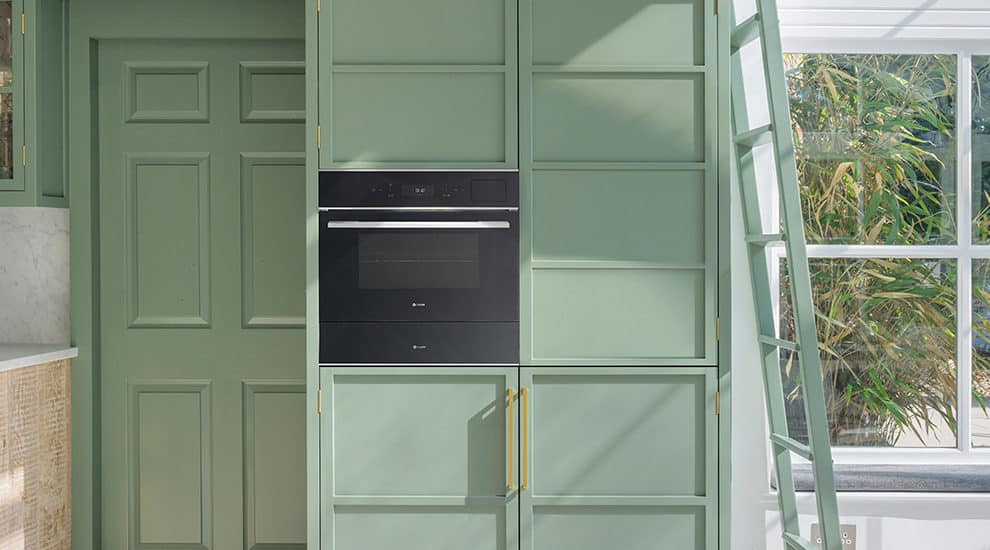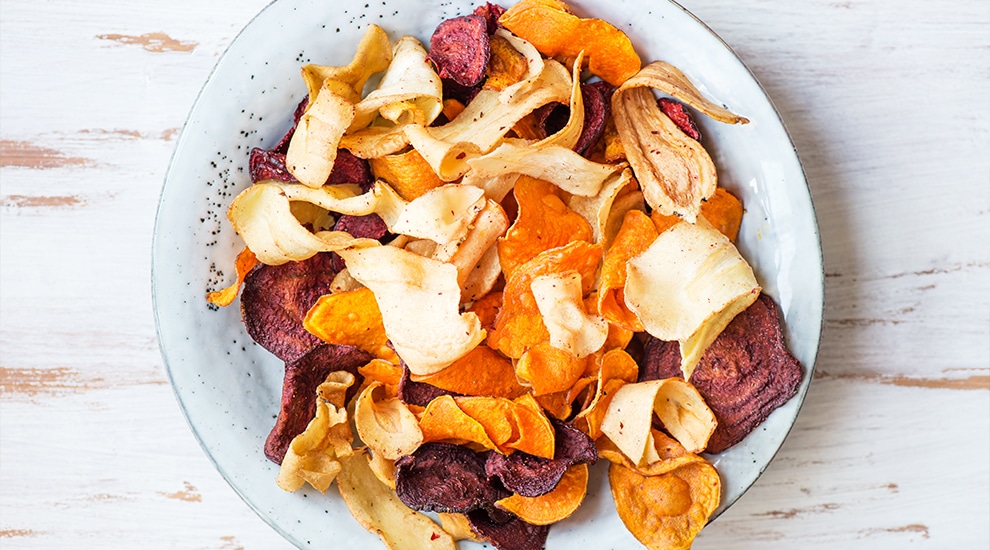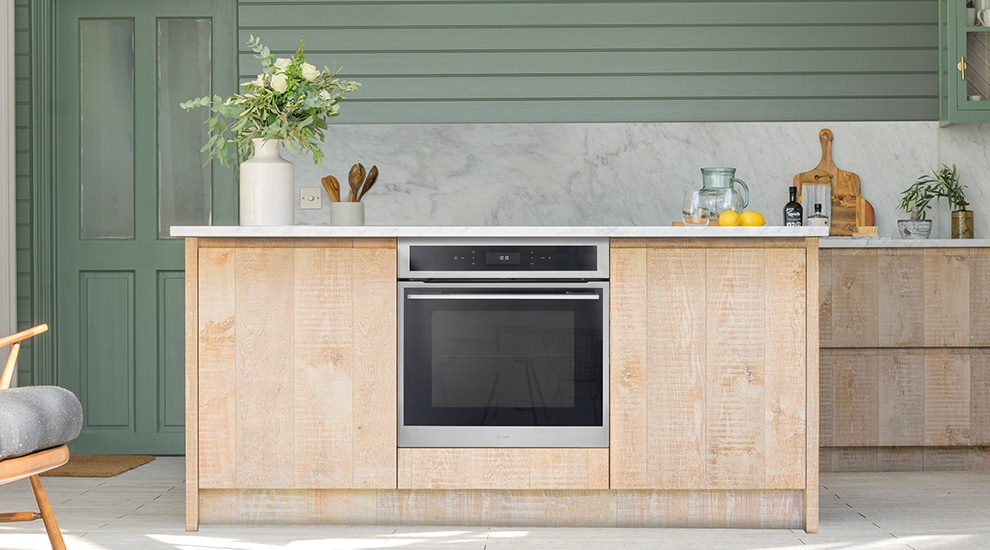We all know that fruit and vegetables are an important part of a healthy, balanced diet. Nevertheless, not all of us eat enough of them. The 5 A Day campaign, based on advice from the World Health Organization (WHO), has helped to highlight how eating at least five portions (around 80g) of a variety of fruit and vegetables every day can lower the risk of serious health problems.
Consuming certain nutrient-rich foods like these may also boost our immune system, and increase our natural resistance to illness and infection. In light of this, have you ever considered trying to grow your own vegetables?

In the past, experimenting with vegetarian recipes was also a great way to spend a bit less at the supermarket. Unfortunately, food inflation and the current cost-of-living crisis has seen family vegetable consumption fall. A recent survey by not-for-profit VegPower indicates a significant shift in spending habits; families, in particular, are reducing the number of vegetables they buy.
. It’s no big surprise then, that a growing number of UK households have embraced the ‘grow your own’ movement. Research commissioned by comparethemarket.com suggests that more than 44% of people with a garden, an allotment or even a balcony garden, are growing their own produce amid rising food costs.
This year, National Allotments Week takes place from 7th-13th August. This annual initiative is a wonderful way to publicise the benefit of this form of gardening for communities, individuals and the planet. But you can grow your own fruit, vegetables and herbs at home, in patio containers, window boxes, pots or growing bags. Growing your own produce is budget-friendly, healthy, rewarding and fun. Best of all, you get to enjoy the (literal) fruits of your labours in the form of mouth-watering meals!

We asked Northern Regional Training Manager Lauren to share her favourite grow-your-own recipes. Read on to discover her ‘fab five’ original dishes, all of which use fresh, seasonal produce – and taste absolutely fantastic!
Soup isn’t just for cold winter days. I eat it all year round, tweaking my basic recipes according to what’s in season.
Vegetable soup is cheap, boosts hydration levels when it’s hot, and keeps you feeling fuller for longer. It’s perfect for a light lunch, or you can add some crusty bread and cheese for a more substantial dinner.

My field-to-fork soup is more of a framework than a precise recipe. I tend to combine classic grow-your-own staples such as leeks, onions, cauliflowers and potatoes, but you can adapt according to what you have. I prep everything in my Sense SO111 Built In Combi Steam Oven.

Set the oven to 180⁰C on the combination steam function, then add a drizzle of oil to a large casserole pot. Pile the leeks, onion, ginger and garlic on top of the oil, and place in the oven for 12 minutes.
I like to sprinkle on turmeric and cayenne pepper, for an extra bit of a kick. Return the pot to the oven and cook until the vegetables are soft, and the potato has started to brown – usually 25-35 minutes. Once the vegetables have cooled slightly, add coconut cream and stock, and stir gently.
Top tip: For a smoother consistency, purée with a stick blender.
I adore crisps, but they aren’t the healthiest option. Shop-bought varieties tend to be high in fat, salt – and calories. The good news? If you grow your own vegetables, you can turn them into vegetable crisps!

Carrot, parsnip and potato all work really well, as does beetroot, which is plentiful at this time of the year. Did you know that our clever AIRFRY2 transforms any regular Caple oven into an air fryer? Simply slice your chosen vegetables thinly and evenly (a mandolin works best), and season as desired. Layer them on the air fry tray then place in your preheated oven (70⁰C). Use the Dehydrate function, and cook for an hour, then leave to cool. These are best eaten on the same day (never a problem in my house!) but they can be stored for up to two days in a sealed container.

Top tip: For a crisper finish and ‘snap’, cook for a little longer – but check every 30 minutes

I recommend adding peppers and tomatoes to your list of grow-your-own crops. They’re colourful, endlessly versatile, and full of flavour and nutrients. I like to stuff mine with a tasty couscous combo.
Prep this first, by placing in a bowl and covering with boiling water. Stir, cover, then leave to stand for 10 minutes. Then stir again, before forking in pine nuts, olives, feta, tomatoes and basil.
Next, cut your peppers or tomatoes in half, and scoop out the seeds. Place in an ovenproof dish, then add the couscous. Microwave for five minutes until almost soft, then bake at 180⁰C for 10 minutes until cooked through. The multi-stage cooking options offered by our Sense Premium CMS260SS Smart Combi Microwave & Steam Oven deliver perfect results every time.

Top tip: If you’re using peppers, cut them in half lengthways, so they’re easier to stuff.

If you grow your own sweetcorn, it should be ready to harvest by now. My corn ribs are simple, super quick, and work well as a snack, starter or side dish. They’re also much easier (and less messy) to eat than traditional corn on the cob.
Start by cleaning your corn, and then cut each cob lengthways, through the core, into strips. Place these ‘ribs’ in a bowl, and drizzle with coconut or vegetable oil to help your seasoning stick and create a crispier finish. Season as desired. I like smoked paprika, cumin, garlic powder and a little salt. Place on your AIRFRY2 tray and cook at 200⁰C on a fan setting for 15 minutes – our C2402SS Sense Pyrolytic Single Oven is ideal.

Top tip: These can be served hot or cold. Depending on the seasoning used, I add fresh basil, a dusting of feta cheese and a squeeze of lime.
I love slow cooking. It increases flavour, reduces the need for lots of added seasoning and sauces, and there’s less washing-up! But if you’re not keen on the idea of splashing out on another kitchen gadget, I’ve got more good news – you don’t have to! Our Sense Premium C2601BS Smart Pyrolytic Single Oven includes a clever Slow Cooker Function that I’ve used time and time again for this tasty vegetarian recipe.

If you grow your own vegetables, ratatouille is the ultimate mid-late summer dish. It’s focused around seasonal food that’s always so plentiful at this time of year: tomatoes, courgettes, aubergines and peppers.

Easting seasonally – and locally – means fresher, sweeter, riper produce, that hasn’t lost all its nutrients in storage or in transit. Growing your own vegetables also reduces carbon emissions, which is better for the environment too.
I start by frying onion until translucent (around eight minutes), then adding garlic right at the end. Turn up the heat, then fry your aubergines until golden. Stir in the courgettes and peppers, and fry for five minutes more until slightly soft.
Add some tomato purée, fresh tomatoes, herbs, tinned tomatoes, vinegar, and a grind of salt. Bring to the boil, then transfer into an ovenproof dish and slow cook for five-six hours, until everything is soft and your sauce has thickened. Season to taste and serve with a scattering of fresh basil and some thick, crusty bread.
Top tip: Add a sprinkle of sugar before it goes in the oven, to counteract any bitterness.
Love eating outdoors? Click here to discover GBBO finalist Alice Fevronia’s favourite picnic ideas